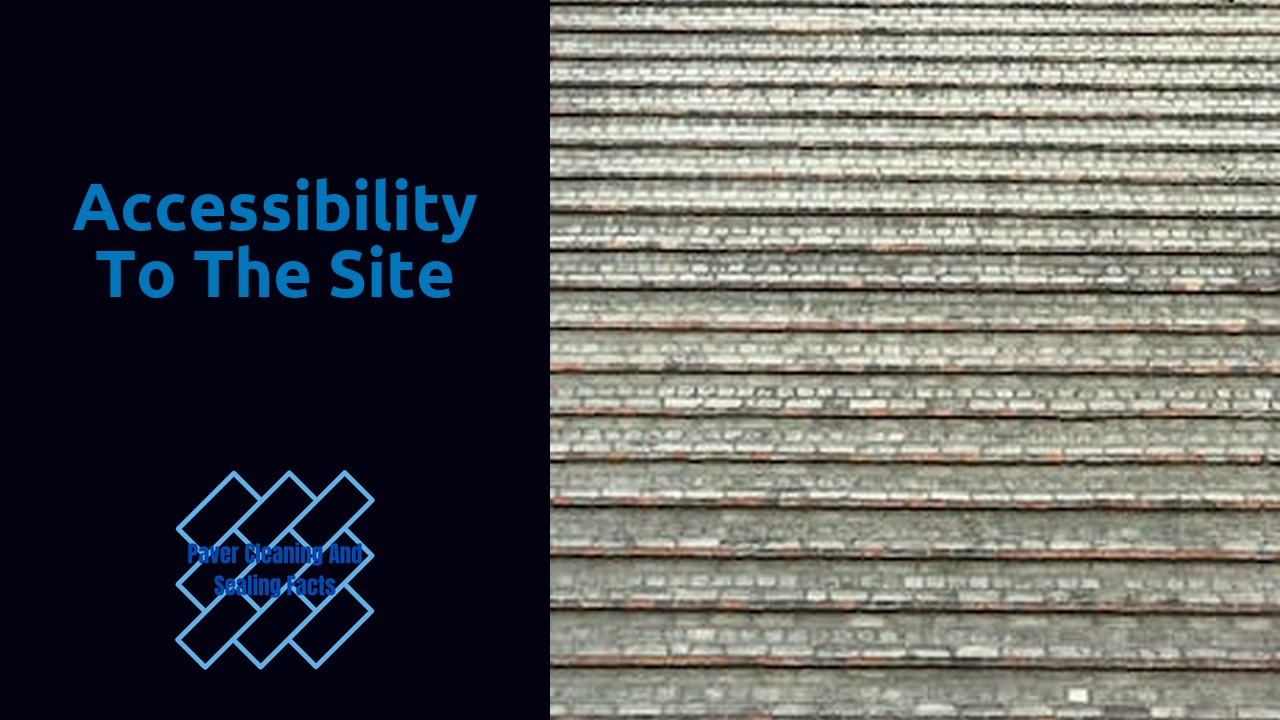
Accessibility to the site
Table Of Contents
Ensuring an Inclusive User Experience
Ensuring an inclusive user experience is a crucial aspect of modern website design. In today's digital landscape, it is essential for websites to be accessible to everyone, regardless of their disabilities or limitations. A user-friendly website not only benefits individuals with disabilities, but also provides a better experience for all users.
One way to ensure inclusivity in website design is by implementing clear and intuitive navigation. A well-organized navigation menu helps users easily find the information they are looking for, regardless of their familiarity with technology. Including descriptive labels for links and buttons is also important, as it enables users who rely on screen readers or magnification tools to understand the purpose of each element on the page. By prioritizing ease of navigation, websites can create a more inclusive user experience for all individuals.
Breaking Barriers for All Users
Breaking Barriers for All Users
In today's digital age, it is crucial that websites and online platforms strive to break down barriers for all users. Accessibility should be a top priority, as it ensures that individuals of all abilities can navigate and utilize the virtual landscape with ease. By implementing inclusive design principles, websites can become more user-friendly and welcoming to diverse audiences.
One of the key factors in breaking barriers is considering the needs and limitations of individuals with disabilities. This can involve providing alternative text for images, ensuring proper color contrast for those with visual impairments, and offering keyboard navigation options for individuals who are unable to use a mouse. Additionally, optimizing websites for screen readers and other assistive technologies is vital for those with hearing or visual impairments. By taking these steps, websites can ensure that everyone, regardless of their abilities, can access and engage with their content.
Navigating the Virtual Landscape with Ease
Creating a user-friendly virtual landscape is essential to ensure that everyone can navigate and access online platforms with ease. With the increasing reliance on technology for work, education, and social interaction, it is crucial to eliminate barriers and make digital spaces inclusive for all users.
One way to achieve this is through intuitive website design. The layout and navigation of a website should be simple and easy to understand, allowing users to find the information they need without confusion or frustration. Clear and concise menus, along with well-organized content, can make a significant difference in the user experience. Additionally, providing alternative text for images, captions for videos, and descriptive links can enhance accessibility for individuals with visual impairments.
Making Websites UserFriendly for Everyone
The importance of creating user-friendly websites cannot be overstated in today's digitally-driven world. From individuals with disabilities to elderly users and those with limited technological skills, it is crucial that websites are designed with inclusivity and equal access in mind. Making websites user-friendly for everyone means breaking barriers and ensuring a seamless and enjoyable browsing experience for all users.
To achieve user-friendliness, it is essential to prioritize clear and intuitive navigation. Users should be able to easily find the information they are looking for, with minimal effort. This can be achieved by organizing content logically, using intuitive page layouts, and implementing user-friendly menus and search functions. Additionally, providing alternative text descriptions for images, transcripts for audio and video content, and captions for multimedia can make websites more accessible for individuals with visual or hearing impairments. By focusing on the needs of all users, we can create websites that are truly inclusive and welcoming to everyone.
Unlocking the Web for Diverse Audiences
Unlocking the Web for Diverse Audiences
In today's digital age, access to the internet is increasingly becoming a necessity rather than a luxury. It is crucial for websites to be accessible to all users, regardless of their abilities or backgrounds. Designing websites with inclusivity in mind ensures that everyone can benefit from the vast array of information and services available online.
One of the key considerations in unlocking the web for diverse audiences is providing equal access for individuals with disabilities. This can be achieved through the implementation of web accessibility standards such as the Web Content Accessibility Guidelines (WCAG). These guidelines outline best practices for making websites perceivable, operable, understandable, and robust for individuals with diverse abilities. By adhering to these standards, websites can accommodate those with visual impairments, hearing disabilities, mobility issues, and cognitive limitations, to name just a few.
Designing for Inclusivity and Equal Access
Designing for inclusivity and equal access is a crucial aspect of web development in today's digital age. With the increasing reliance on technology for various tasks and interactions, it is essential to ensure that websites are accessible to all users, regardless of their abilities or limitations. This involves considering various factors such as visual impairments, hearing impairments, motor disabilities, and cognitive impairments. By implementing inclusive design principles, developers can create websites that are user-friendly for everyone and provide an equal opportunity for people to access information and engage with online content.
Inclusive design goes beyond simply meeting minimum accessibility requirements; it aims to create a seamless user experience for all individuals. This approach involves considering diverse user perspectives and needs from the initial stages of the design process. By incorporating universal design principles, such as clear and concise copy, intuitive navigation, and thoughtful use of color and contrast, websites can be made more accessible and enjoyable for everyone. Additionally, providing alternative text for images, captions for videos, and including closed captions for audio content further enhances the inclusivity of a website. Ultimately, by prioritizing inclusivity and equal access in web design, developers can ensure that no one is left behind in the increasingly digital world.
Related Links
Additional features or accessoriesDesign complexity
Contractor's experience and expertise
Seasonal variations
Market demand and availability
Quality of materials
Size of the project
Intensity of labor required